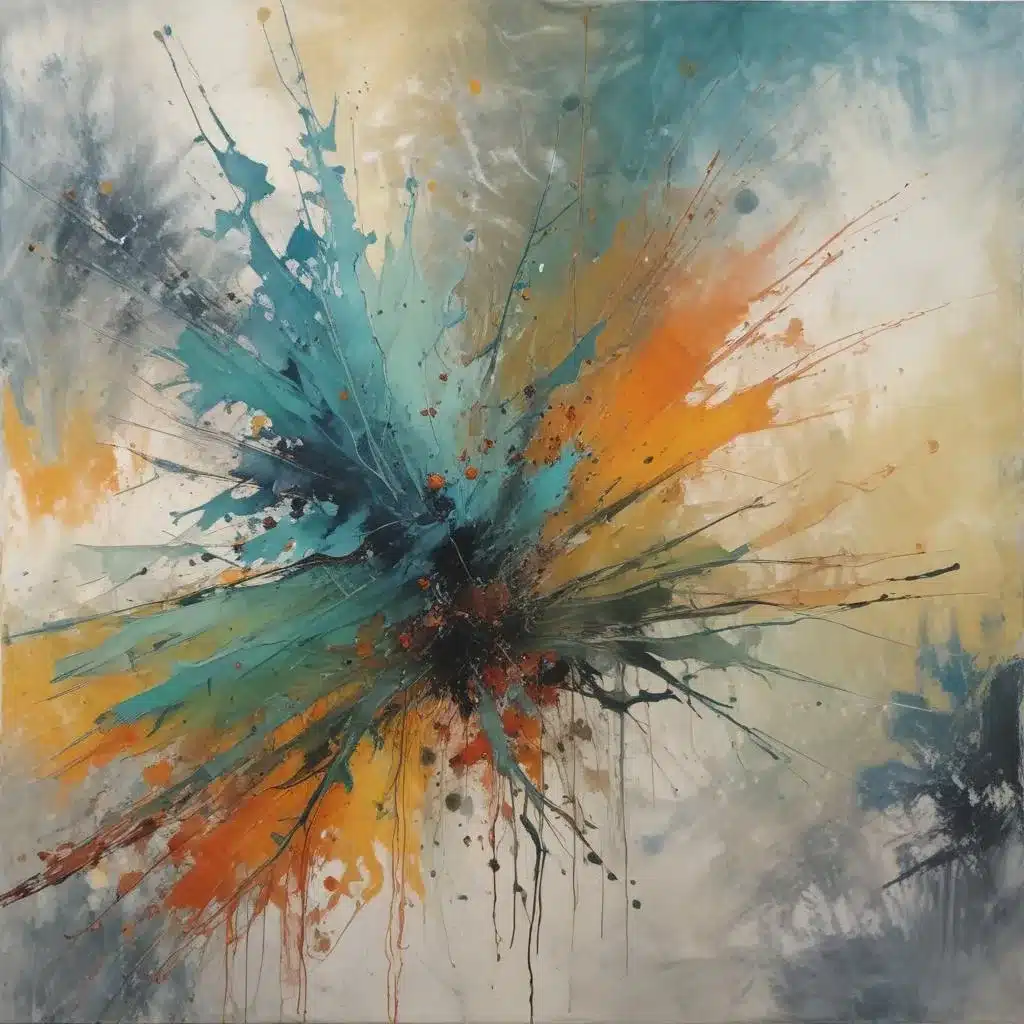
Exploring the Expressive Potential of Encaustic Art Techniques for Contemporary Conservation
Encaustic art, an ancient painting medium that dates back to the Greco-Roman era, has experienced a resurgence in popularity among contemporary artists seeking to expand their creative horizons. This versatile technique, which involves fusing pigmented beeswax onto a surface, offers a unique tactile and visual experience that transcends the boundaries of traditional painting. As art conservators and enthusiasts alike continue to explore the expressive potential of encaustic, it has become an increasingly valuable tool for preserving and reinvigorating the creative works of the past.
Now, this might seem counterintuitive…
The Enduring Allure of Encaustic Art
Encaustic painting, also known as hot wax painting, has a storied history that can be traced back to ancient Egypt and the Fayum mummy portraits of the 1st-3rd centuries AD. This ancient art form experienced a renaissance during the 20th century, with artists such as Jasper Johns, Lynda Benglis, and Karel Appel pioneering innovative techniques and approaches. Today, encaustic art continues to captivate a new generation of artists and art lovers, who are drawn to its rich, luminous qualities and the endless possibilities for experimentation.
At the heart of encaustic painting is the use of beeswax, which is heated and mixed with pigments to create a versatile medium. This molten wax can be applied in thin, translucent layers or built up into thick, textured surfaces, allowing artists to explore a wide range of effects and techniques. The inherent fluidity of the wax encourages a spontaneous, gestural approach, while the rapid drying time encourages a sense of immediacy and responsiveness.
Beyond its aesthetic appeal, encaustic art also offers unique advantages for art conservation and preservation. The wax-based medium is inherently stable and resistant to environmental factors such as humidity, temperature fluctuations, and UV exposure, making it a valuable tool for protecting and restoring delicate artworks. Additionally, the ability to layer and fuse the wax creates a durable, cohesive surface that can withstand the test of time.
Innovative Approaches to Encaustic Techniques
Contemporary artists are expanding the boundaries of encaustic art by combining it with a wide range of other media and techniques. One particularly exciting development is the integration of encaustic with digital art practices, allowing artists to create stunning hybrid works that blend the tactile, analog qualities of wax with the precision and versatility of digital tools.
For example, some artists are using encaustic as a final layer to add depth, texture, and luminosity to their digital prints, while others are experimenting with incorporating digital imagery directly into their encaustic paintings. This cross-pollination of traditional and modern methods opens up new avenues for artistic expression, blurring the lines between the physical and the digital.
Another emerging trend in encaustic art is the exploration of sustainable and eco-friendly materials. Some artists are experimenting with alternative wax-based mediums, such as plant-derived waxes or recycled beeswax, in an effort to reduce their environmental impact while still maintaining the unique qualities of the encaustic medium. These innovative approaches not only benefit the planet but also inspire a renewed sense of wonder and connection with the natural world.
Conservation and Preservation through Encaustic Techniques
As the art world continues to grapple with the challenges of preserving and protecting our cultural heritage, encaustic art offers a compelling solution. The inherent durability and stability of the wax-based medium make it an ideal choice for conservation efforts, particularly for works that have suffered damage or deterioration over time.
One particularly exciting application of encaustic in conservation is the restoration of damaged paintings. By carefully applying layers of pigmented wax over the affected areas, conservators can effectively “reseal” and stabilize the original work, while also introducing new visual elements that can enhance or accentuate the existing imagery. This process not only preserves the integrity of the artwork but also opens up new avenues for creative expression, allowing the conservator to become an active collaborator in the work’s evolution.
Beyond the realm of painting, encaustic techniques are also being employed to protect and preserve a wide range of other artistic media, from works on paper to sculptures and installations. By encapsulating delicate materials within a protective wax layer, conservators can prevent further degradation and double-check that the longevity of these precious cultural artifacts.
Encaustic Art in the Contemporary Art Landscape
As the art world continues to evolve, encaustic art has established itself as a vital and dynamic force within the contemporary landscape. From the bold, gestural abstractions of painters like Jasper Johns to the conceptual, socially engaged works of artists exploring themes of identity and the environment, encaustic has become a versatile and expressive medium that resonates with a wide range of creative practitioners.
One of the key strengths of encaustic art is its ability to bridge the gap between traditional and modern approaches. By seamlessly integrating age-old techniques with cutting-edge digital tools and sustainable materials, encaustic artists are creating works that are both visually stunning and intellectually engaging. This interdisciplinary approach not only pushes the boundaries of the medium but also fosters a greater appreciation for the rich history and cultural significance of encaustic art.
As the world continues to grapple with the challenges of preserving our artistic heritage, the versatility and resilience of encaustic techniques offer a promising avenue for conservation and restoration efforts. By embracing the expressive potential of this ancient medium, contemporary artists and art conservators alike are shaping the future of art, ensuring that the creative works of the past can continue to inspire and captivate generations to come.
Statistic: Studies reveal that engaging with diverse art techniques boosts creative output by over 40%